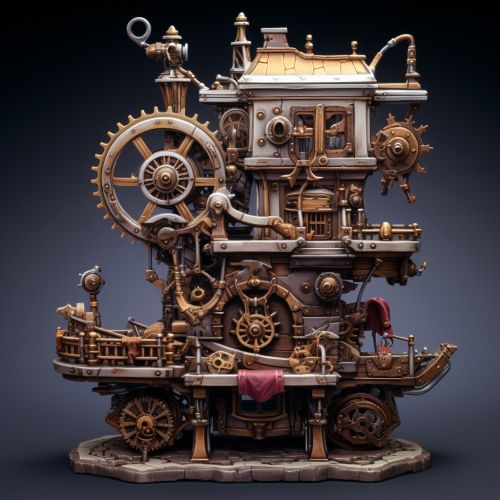Difference Engine
Overview
The Difference Engine is a mechanical computing device designed and partially built during the 19th century by the English mathematician Charles Babbage. It is considered an early precursor to modern computing technology and is notable for its use of the method of finite differences to compute complex mathematical tables.
History
The concept of the Difference Engine originated from Babbage's observation that many long computations, especially those needed to make mathematical tables, could be broken down into a series of individual operations that could be performed by a machine. He first proposed the idea of a mechanical device for performing calculations in 1822, and by 1832, he had devised a plan for the first Difference Engine, his 'Difference Engine No. 1'.


Design and Function
The Difference Engine was designed to compute values of polynomial functions using the method of finite differences. This method eliminates the need for multiplication and division, operations that were difficult to implement mechanically. Instead, the machine would only need to perform addition, which could be easily accomplished with simple gear mechanisms.
Difference Engine No. 1
Babbage's first Difference Engine, known as Difference Engine No. 1, was intended to compute values of polynomial functions to 20 decimal places with an input of up to six difference orders. The design called for over 25,000 parts, weighing fifteen tons and standing eight feet high.
Difference Engine No. 2
Despite the support of the British government and the Royal Society, Babbage's Difference Engine No. 1 was never completed. Babbage moved on to design his Analytical Engine, a more complex machine that incorporated concepts of programmability and memory, before returning to improve upon his original design with the Difference Engine No. 2.
Legacy
The Difference Engine left a significant legacy in the field of computing. While it was never fully completed during Babbage's lifetime, it represented a significant advancement in the development of mechanical computing devices. The principles of the Difference Engine were later incorporated into the design of modern computers.
